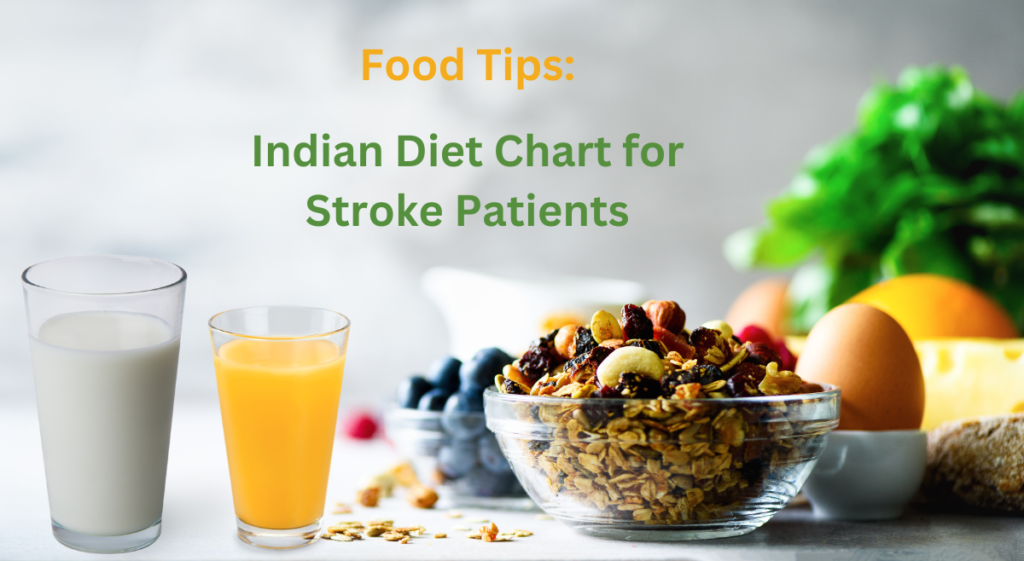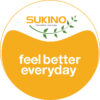Most lifestyle disorders are caused by compromises rather than conscious choices. Many individuals tend to settle for convenience instead of taking the time to plan their meals. A recent study has shown that many stroke-afflicted patients in India consumed carbohydrate-rich and fast foods, such as white rice, bread, pastas, noodles, pickles, and packaged juices. Although hypertension and diabetes are considered the leading risk factors for stroke, an irregular diet and lack of physical activity could be the underlying causes.
A diet high in carbohydrate-rich foods may lead to Diabetes Mellitus, while consumption of dietary saturated fats is linked to stroke mortality. A high intake of salt and red meat may increase blood pressure. Conversely, those who maintain a healthy weight, consume more total and mono-saturated fats, eat green and yellow vegetables, and lead an active lifestyle have a reduced incidence of stroke.
Fatty substances from foods form cholesterol, leading to the accumulation of fatty deposits in the arteries that restrict the flow of blood to the brain. To avoid risk factors for stroke, it is recommended to consume a diet that is low in fat, sodium, and high in good proteins, fruits, and vegetables. Continue reading the blog as a stroke survivor or person related to them in order to understand how to plan a balanced diet chart for stroke patients to avoid triggers for another stroke.
Tips for Planning a Healthy Indian Diet Chart for Stroke Patients
Here are 5 tips for creating an Indian diet plan for individuals suffering from stroke:
Choose your carbohydrates wisely: Opt for whole grains like brown rice and whole wheat couscous as they are high in fiber and can reduce cholesterol. Cut down on sugar to keep a check on risk factors.
Moderation is key: Include a variety of nutrients on your plate by incorporating a healthy dose of grains, fruits, vegetables, proteins, and dairy. Aim for a minimum of 5 servings of fruits and vegetables every day.
Watch your dressings: Limit the amount of saturated fat in your dressings by switching to healthier alternatives like olive oil, apple cider vinegar, and non-fat cottage cheese.
Cut down on sodium: Many packaged foods contain high amounts of sodium. Check the label before buying products and switch to fresh foods instead of frozen and canned substitutes. Aim for not more than 1500 mg of sodium per day.
Stock up on stroke-preventers: Incorporate foods that are rich in stroke-preventive nutrients like potassium, omega-3 fatty acids, vitamin B3, CoQ10, and lycopene. These nutrients can be found in bananas, fish, oatmeal, yogurt, tomatoes, apples, and other commonly available foods.

Sample Indian Diet Plan for Stroke
A sample Indian diet chart for stroke patients should include a variety of nutrient-rich foods that can help to prevent and manage stroke risk factors. Here is a sample diet plan that can be followed:
Breakfast:
- Oatmeal with low-fat milk and sliced bananas
- 1 cup of green tea
Mid-morning snack:
- 1 small apple
- A handful of almonds
Lunch:
- 2 chapatis made of whole wheat flour
- 1 cup of lentils
- 1 cup of mixed vegetables (carrots, peas, cauliflower, spinach, etc.)
- 1 cup of low-fat yogurt
- 1 small bowl of cucumber salad
- 1 cup of buttermilk
Mid-afternoon snack:
- 1 small bowl of sprouts
- 1 cup of green tea
Dinner:
- 1 cup of brown rice
- 1 cup of mixed vegetables (broccoli, bell peppers, mushrooms, etc.)
- 1 small bowl of tomato soup
- 1 small bowl of mixed fruit salad
- 1 cup of low-fat yogurt
Before bedtime:
- 1 small glass of warm milk
This diet chart for brain stroke patients includes whole grains, fruits, vegetables, lentils, low-fat dairy products, and healthy fats from nuts and seeds. It is low in saturated and trans fats, which are known to increase the risk of stroke. It is also low in sodium, which can help to control blood pressure levels. By following a diet plan like this, stroke survivors can improve their overall health and reduce the risk of future strokes. It is always recommended to consult a registered dietitian or a healthcare professional before starting any new stroke diet plan or if you want to better understand the benefits of a diet chart for stroke patients.
Conclusion
The right diet is crucial for stroke patients to promote recovery and reduce the risk of further complications. The importance of a balanced diet for stroke patients that includes a variety of nutrient-rich foods like whole grains, fruits, vegetables, lean proteins, and low-fat dairy products is that it can provide the necessary nutrients while helping to manage blood pressure, cholesterol, and blood sugar levels. By making small dietary changes like reducing sodium intake, choosing healthy fats, and incorporating stroke-preventive nutrients, patients can lead healthier and more active life. With the help of a qualified dietitian or healthcare provider, stroke patients can create a customized Indian diet plan that meets their specific stroke patient nutrition needs and promotes optimal recovery.
Frequently Asked Questions
1. Can a stroke patient drink milk?
Yes, stroke patients can drink milk. In fact, milk is a good source of calcium and protein, which are important for maintaining strong bones and muscles. However, it is important to consider the individual’s specific dietary needs and restrictions, such as lactose intolerance or any medication interactions.
2. Are almonds good for stroke patients?
Yes, almonds are a good food option for stroke patients as they are a rich source of nutrients such as vitamin E, magnesium, fiber, and unsaturated fats. These nutrients have been found to be beneficial for heart health, blood pressure, and cholesterol levels, which are important factors in stroke prevention and recovery. Additionally, studies have shown that incorporating almonds into the diet can improve cognitive function in older adults, which can be beneficial for stroke patients who may experience cognitive impairment.
3. Can garlic prevent stroke?
Garlic has been traditionally used for various medicinal purposes including reducing high blood pressure, which is a major risk factor for stroke. Several studies have suggested that consuming garlic or taking garlic supplements may help in reducing blood pressure, which in turn may lower the risk of stroke. Additionally, garlic has antioxidant and anti-inflammatory properties that may also provide some neuroprotective effects against stroke.
We are India’s first comprehensive continuum care provider. We provide multidisciplinary out of hospital care to acute and post-acute and chronically ill patients at our critical care facilities and your home.


